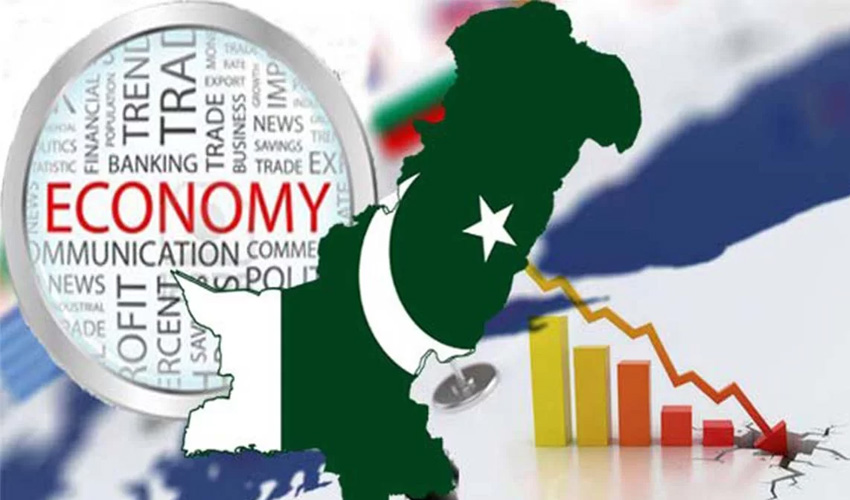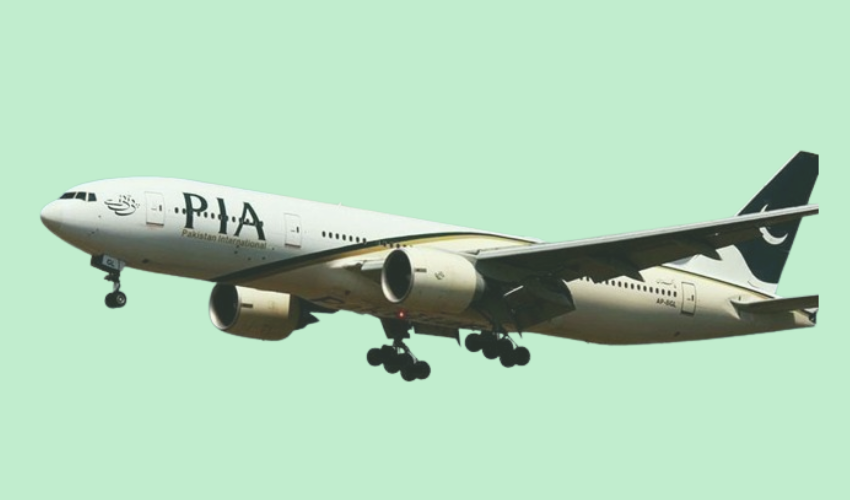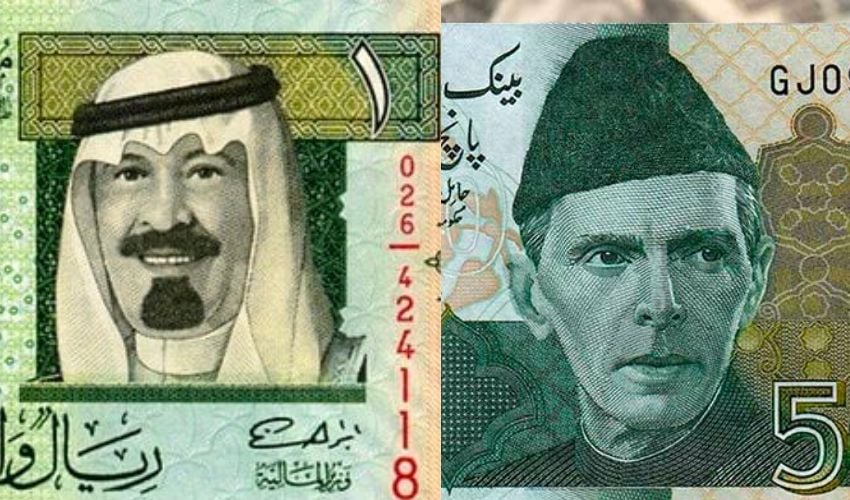Most of Pakistan’s macroeconomic indicators are showing signs of improvement, though the Ministry of Finance has cautioned about a potential uptick in inflation over the coming months, according to its latest Monthly Economic Update and Outlook report.
The report, released on Thursday, highlights that inflation in April is projected to remain between 1.5 to 2 percent on a month-on-month basis. However, it may rise to between 3 to 4 percent in the following month, driven by seasonal and global price pressures.
In a promising development, the country’s current account remained in surplus for the third consecutive month, reaching $1.85 billion during the first nine months of the ongoing fiscal year. This positive momentum has been largely supported by robust growth in remittances and exports.
Workers' remittances witnessed a significant surge of 33 percent, crossing the $28 billion mark, while exports stood at $24 billion over the same period. The report attributes this performance to the government's continued focus on stabilising the external sector and boosting foreign exchange reserves.
Meanwhile, the Federal Board of Revenue (FBR) reported a 25 percent increase in tax revenues, while non-tax revenues rose by 9 percent, bringing the total to Rs3,922 billion.
Foreign direct investment (FDI) also posted a notable increase, climbing by 14 percent to reach $1.64 billion. Additionally, March witnessed the overseas employment of 58,555 Pakistanis, with a 17 percent rise in overseas employment registrations compared to February.
The report noted a resurgence in the country’s industrial activity, including an uptick in automobile production and raw material imports. It also pointed to favourable weather conditions and improved water availability as positive signs for the agricultural sector in the upcoming months.
The Finance Ministry remains cautiously optimistic, suggesting that the ongoing fiscal consolidation, improved governance, and sector-specific reforms will continue to support economic recovery.
However, it warned that inflationary pressures—both domestic and imported—may pose challenges to maintaining purchasing power and economic stability.

























